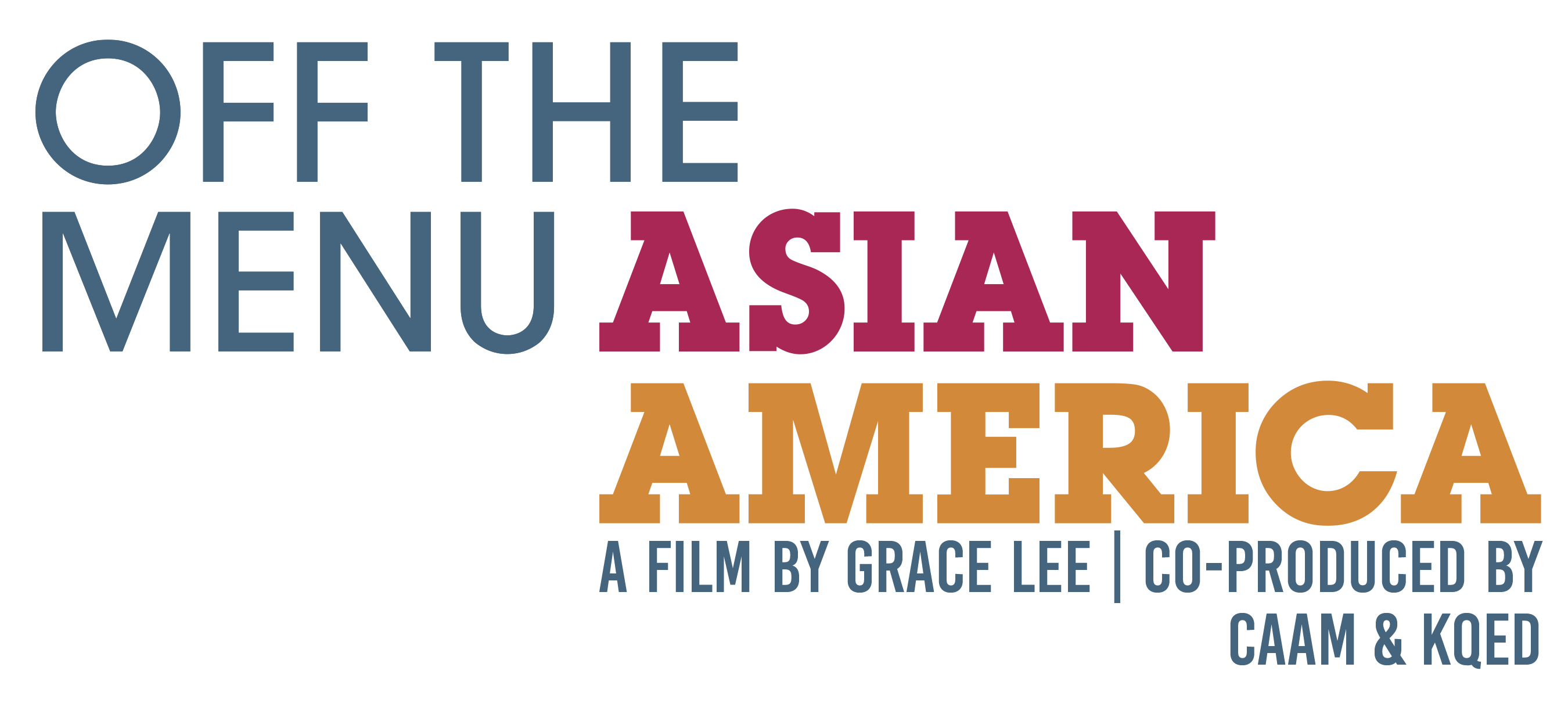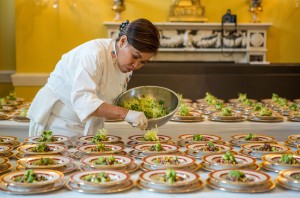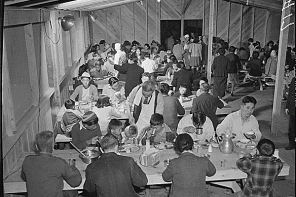Chef Edward Kenney is one of the most well-known chefs from Hawaiʻi. His “Local first, organic whenever possible, with Aloha always” restaurant approach, plus great food, has earned him major accolades. His restaurant, Town, in the Kaimuki neighborhood, has been serving Hawaiian-inspired cuisine – think local fish with breadfruit, or Japanese mackerel with poi paste and edible Hawaiian ferns—since 2005. He’s since opened Kaimuki Superette and Mud Hen Water in the same neighborhood, and is the host of the PBS food show Family Ingredients.
I sat down with the chef to chat about how he opened his own restaurant, about sustainability in a state where about 85-90 percent of the food is imported, and about MA’O Organic Farms, which Kenney’s restaurants source from and where is he on the board of directors. MA’O’s farm is a 23-acre, certified organic farm in Waiʻanae that trains young people to become farmers and community leaders. Chef Ed Kenney also cooks full meals on the farm in a wood-fired oven that he helped build during special events and fundraisers for the organization.
MA’O Organic Farms and Town are featured in Off the Menu: Asian America, where we see how the youths’ labor transforms into beautiful, leafy organic vegetables and onto a beautiful plate of salad at Town.
—Momo Chang
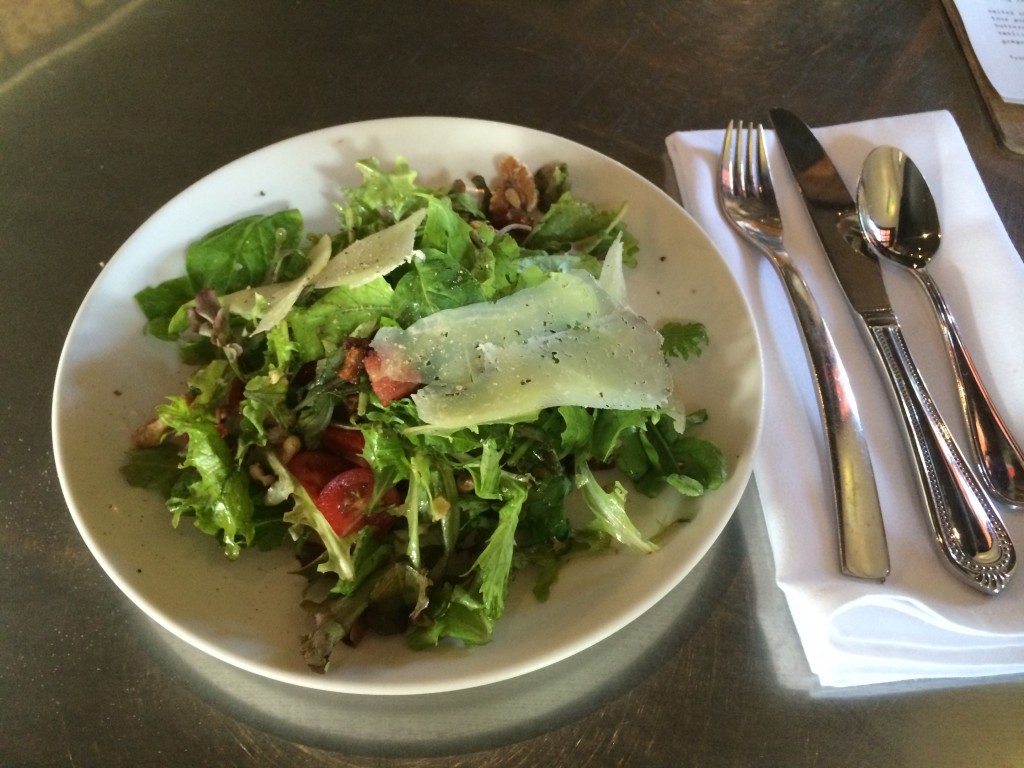
How did you become a chef?
[I was] born and raised here. Went away to college, came back and started in a corporate real estate career. After four years of that, my wife, who was my girlfriend at the time, realized that that’s not who I am and said, ‘Let’s just sell all our worldly belongings and travel around the globe for a year.’ So we did. I think that’s when the revelation kind of hit. Everywhere we went, food was the common denominator that brought people together.
When I came back, I thought, I’ll try my hand in this restaurant business. That was in ’95. And started cooking for the first time in a little neighborhood restaurant in Kailua—it’s no longer around—but loved it from day one. Said to myself, in 10 years, I wanted to open [a restaurant] myself. In the 10 years that I worked towards opening this place, I cooked all over town. Lots of times kids either go to culinary school or they cook right out of high school and then they have a chance to go an train in Europe and go and bounce around. I mean, I’d already gone to four years of college, four years of corporate America, and one year of travel. I was already 27 and wasn’t able to do all those travels and work for 5 star French chefs.
I went to culinary school here. And then, in 2005, decided to just go for it. When it came down time to open it, it was like, ‘What kind of restaurant are we going to open?’ I wanted to do something that was approachable—breakfast, lunch and dinner—in a neighborhood, because I wanted it primarily to be local people, people that we’d see time and time again. I really like the idea of it being a community gathering place. Because of that, we’ve attracted visitors, because all the visitors seem to want to eat where locals eat. We didn’t intend it to be a tourist-based restaurant from the beginning.
As far as food went, growing up here, eating local-style food—when we talk about local style food in Hawaii, we’re talking about local flavors like ginger, miso, wasabi, a multiethnic mix of food—and even the kind of haute cuisine was embracing those familiar flavors but just doing it in a fancier way. At the time, my mother-in-law lived in Marin and we would go visit her two or three times a year. I just fell in love with that California and Mediterranean cuisine. I thought, there’s nothing like that here. It was so about the quality of the ingredients and doing as little as possible to the food. Many of these places, just lightly dressed greens with lemon and olive oil, put beautiful tomato on it, really good cheese, and that’s all you need. That’s how we ended up doing what we do here.
I didn’t know how hard it was to locally source ingredients. The farmers market at the time was fairly new and was one row of vendors, half of it prepared foods.
So the only way we could make this concept work—of supporting local farmers with high quality ingredient—is changing the menu every day. It continues to be a small menu. Our sources have multiplied. There’s way more farmers to work with now. At the same time, there used to be a local poultry farm. There’s no local chicken [now]. The chicken we use is Mary’s Free Range Chickens in Northern California.
We started out California-Mediterranean, but now, in the last four years, we’ve taken a direction where we’re into what was here before we were all here—the indigenous food products. We always try to find a place for taro or kalo on our menu as the staple starch of the Native Hawaiians. Ulu, or breadfruit, is another starch. There’s a bunch of things we’re trying to make more use of. I’m eager to cook more of those flavors that I grew up with.
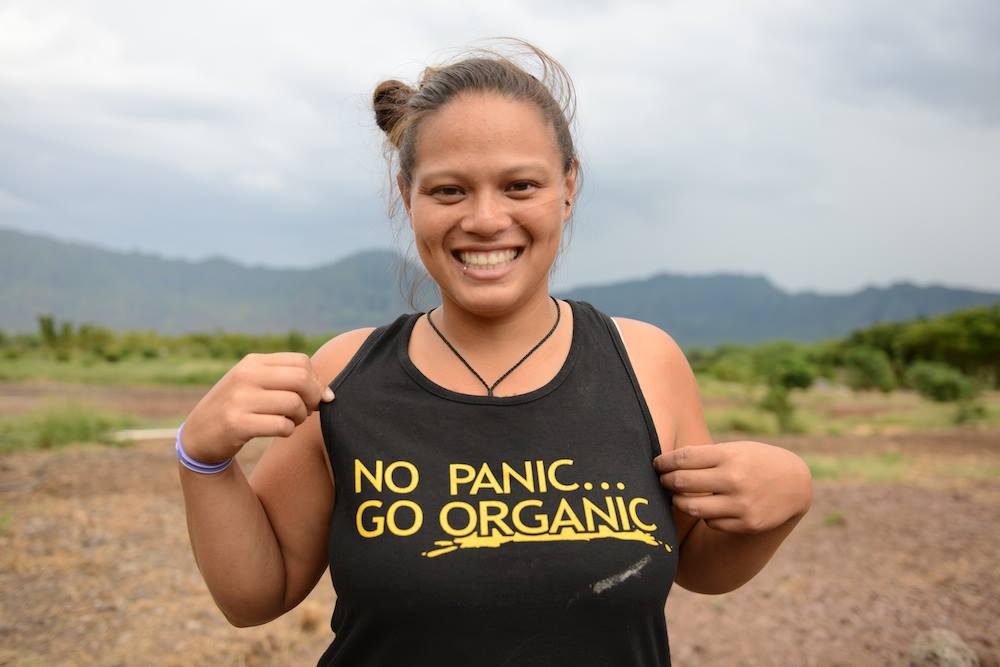
Would you call your business a sustainable business?
Yeah, prior to me opening this place, I managed the food and beverage operations at the YWCA. It’s a beautiful Julia Morgan facility in downtown Honolulu. I think it was built in 1919 or right around there, with big vaulted ceilings and arches. When I worked there, it was my first foray into the nonprofit, the mission-driven value set. Everything we did there was empowering women and children and eliminating racism.
When it was time to open this, I was like okay, we’re not going to be a nonprofit restaurant, but is there a way to integrate that mission value set into a for profit. I came across a term, social enterprise. It’s pretty widely used now. It’s basically business with a conscious. Oftentimes, the triple bottom line is referred to—people, planet and profit. Unlike a traditional business that judges its success solely on profit, we take a look at what we’re doing for the community, and the earth. We’re definitely on the sustainable edge of the spectrum. We bring school groups all the time, and do little tours. I don’t like to highlight the green initiatives that we have, but there’s quite a few. Now you’re seeing those cornstarch cups. When we first opened and started to use those things, no one was using those things. Styrofoam is on the verge of being banned, plastic bags are banned.
Do you think it’s a good business practice?
I think so. I wouldn’t do it any other way. It’s a non-negotiable. Other restaurateurs ask me, ‘How much do you pay for this?’ It’s not an issue. In 2008 and 2009 when we went into the recession, there were restaurant closings everywhere. Probably the most restaurant closings in Hawai’i we’ve ever seen. Those restaurants that didn’t close were seeing huge losses and deficits compared to prior years. We continue to grow at 3 percent each of those years. Which isn’t the kind of growth we see in boom years, now we’re looking at 14 or 15 growth annually, but the fact that we continue to grow, when other businesses were closing, says to me, people are going to go out, they’re going to spend money on food, they’re going to spend money on a place where they know their money is going to something good.
How did you get involved in MA’O Farms?
When I was at the YWCA, 2001-2003, there was a conference. Kukui [Maunakea-Forth, founder of MA’O and Executive Director] was a speaker at the women’s leader conference. It was just fate or destiny. They were going to sell to a restaurant. They liked that it was a nonprofit restaurant. We got a tiny box a week from them. And then as they’ve grown, we’ve grown together. We’ve kind of taken on a term to explain our relationship. It’s not a farmer-chef or a vendor-customer relationship. We’re co-producers. That was a term coined by Carlo Petrini with Slow Food talked about it. We have a vested interest in each other’s success. Their success is only as successful as our success, and vice versa. That’s kind of the way we’ve come to regard all of the farmers we work with. We do work days with all of our staff all the time, once a year we have company retreats and we’ll all go work on a farm and do bonding on the farm.
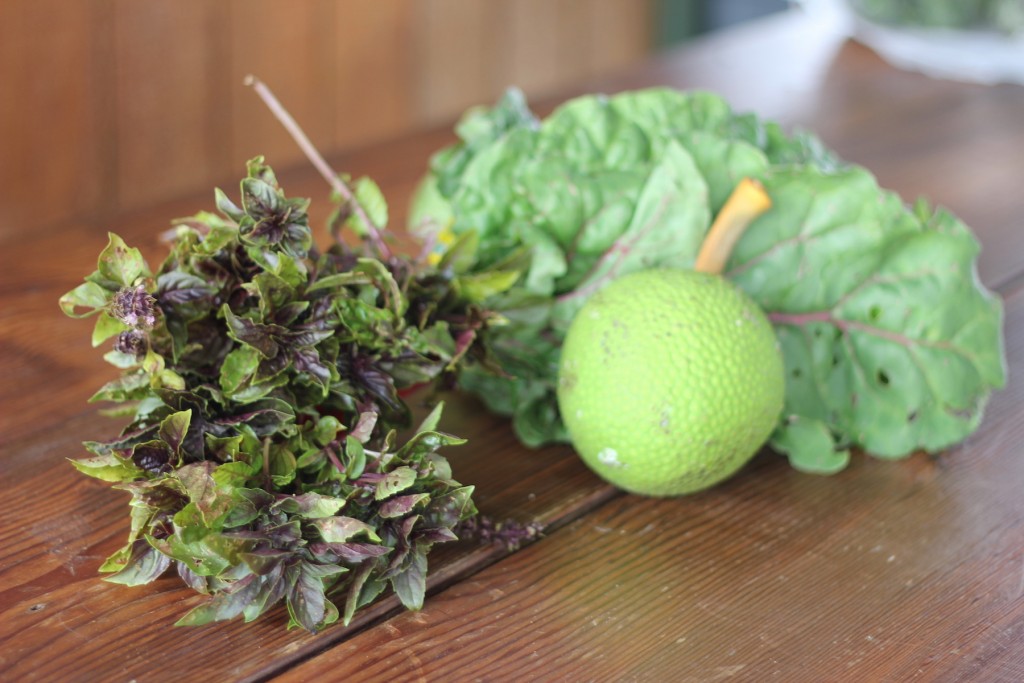
How often do you go out to MA’O?
Not nearly as much as I’d like. I’m on the Board of Directors. So we have quarterly meetings. I go out just because I love it—I’d like to say once every two weeks. Sometimes we go out more.
What’s your favorite place on the farm?
Just out on the farm. Well, it’s hard to say. I had a hand in building the wood-burning oven. We’re building a wood-fired hearth here. There’s something about cooking with wood—it’s so pure and primal. Whenever I get a chance to fire up the oven and cook out there. Generally, just being on the farm. Even just weeding—I cold just go out there and weed all day long. I love it.
Is there anything else you want to add?
Lots of times, people think of the farm as a farm. And it’s much more than a farm. You’ve got to experience it, with those youth in a circle. In the morning, it’s incredible. The sun’s coming up, they do this chant, asking our ancestors for inspiration and guidance through the day and opening opportunities, and they go out and work, and meet for the checkout. So many people know MA’O from Foodland or Whole Foods, but until they go out and see what it really is about—and really understanding the community out that’s there. The West Side of the island—all the socioeconomic indicators of poverty are at the top of the charts—drug abuse, high school dropout rates, domestic violence, diabetes. That farm is really a model for the rest of the world for rural economic development. That is the focal point— aside from growing the best produce on the island.
This interview has been edited for length and clarity.
Editor’s Note:
